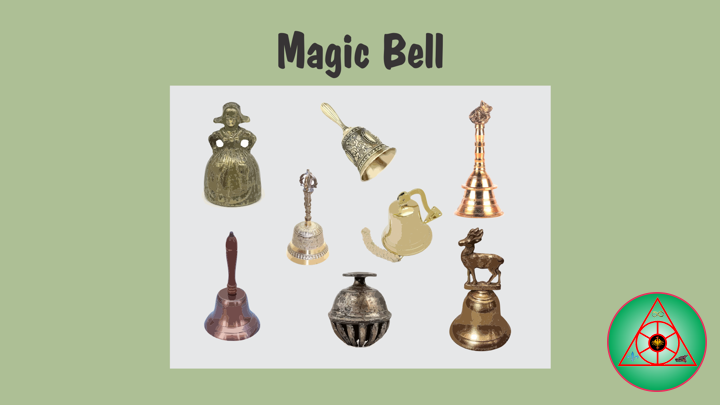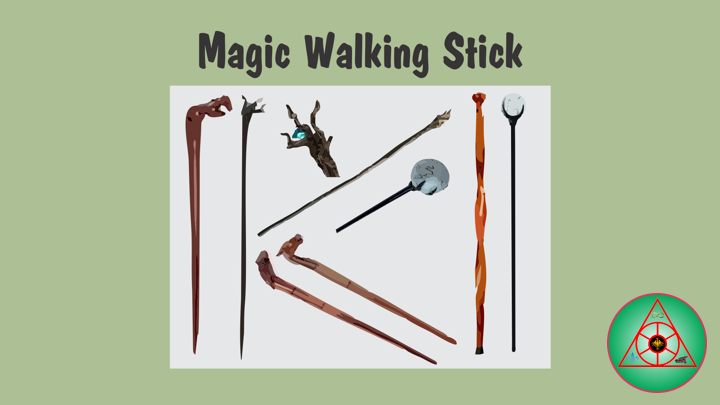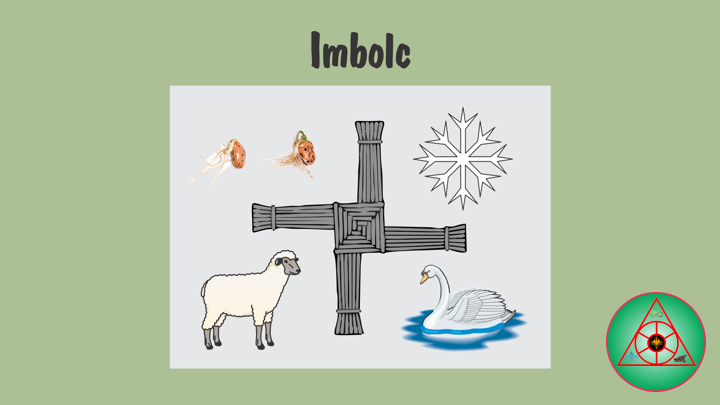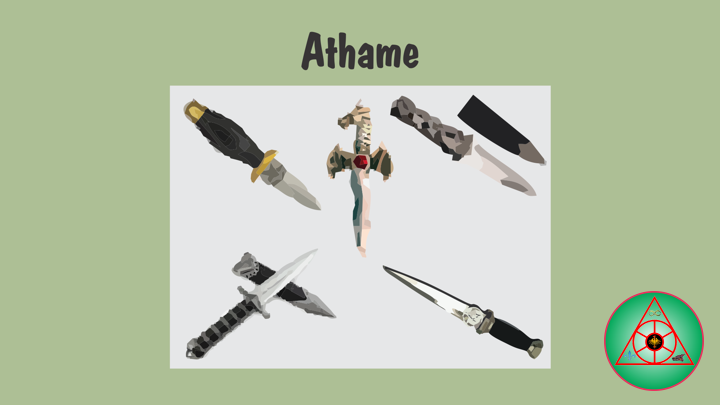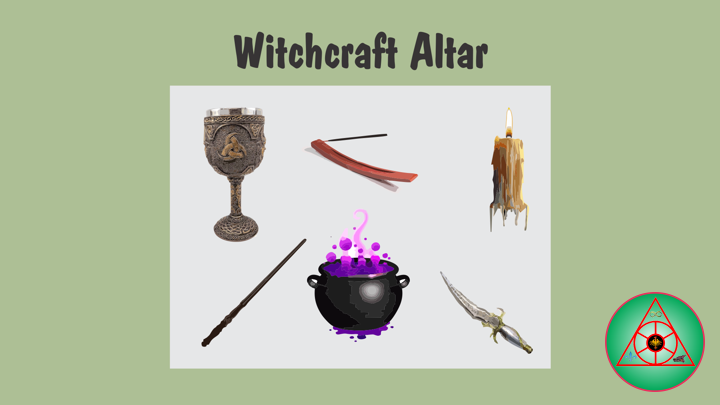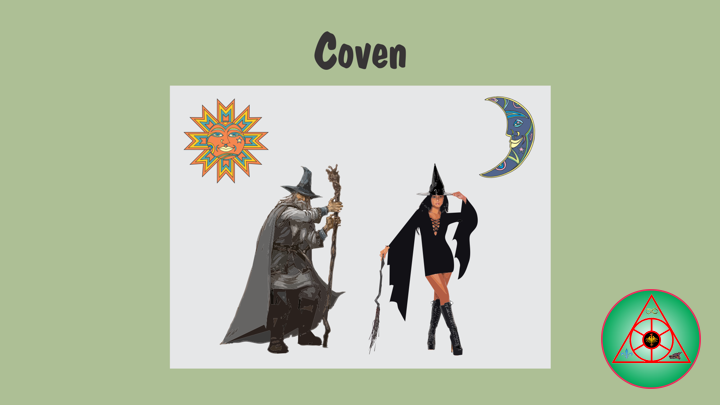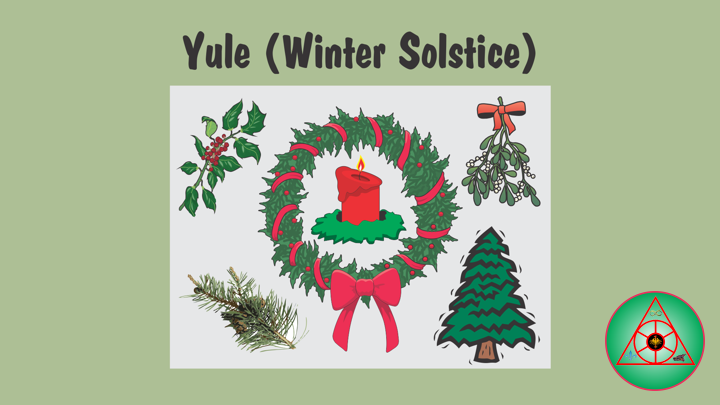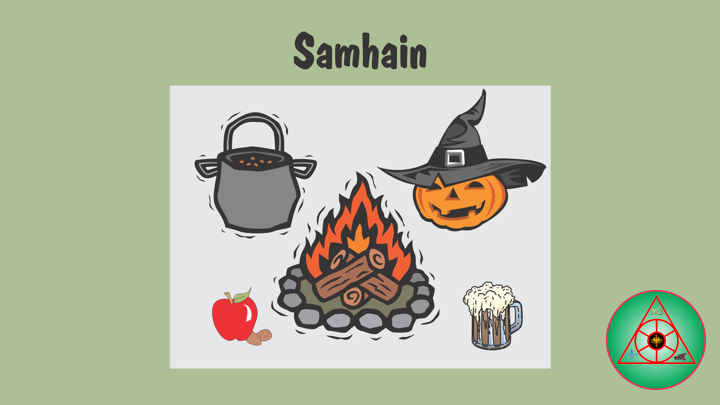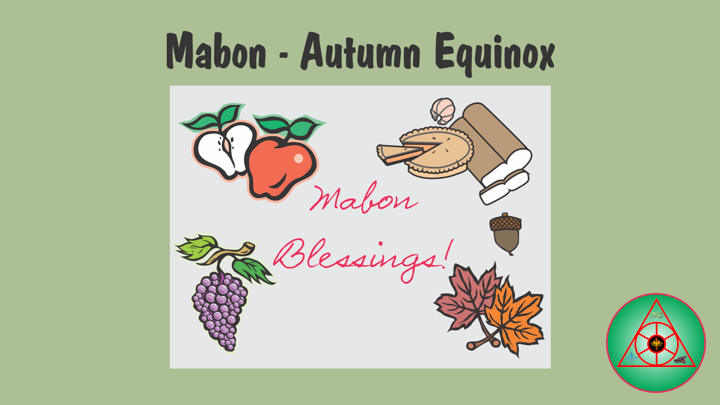——
#Magic #TLBWB #HighPriest #Witchcraft #Wizard #Witch #MagicBell #Bell #BookOfShadows #WheelOfTheYear #MagicalHerbs #MagicalOils #Incense #Pentacle #MagicCircle #MagicSpell #Grimoire
——
——
Magic Bell
Magic Bells are like the Voice of the Goddess. When you ring one, it brings the Divine’s attention to you. And your attention to the Divine. A Magic Bells with a lovely tone will call beautiful, healing energy to you. Magic Bells can also be used to clear energy. At the end of a ritual is a good time for this, but if unwanted energy crops up during a ritual, you can use the Magic Bell to disperse it.
Hundreds of years ago, rural folks knew that loud noise drove away evil spirits, and the bell is a prime example of a good noisemaker. The ringing of a Magic Bells causes vibrations which are the source of great power. Variations on the bell the use of a singing bowl. All of these can help bring harmony to a magical circle. In some forms of Witchcraft, the bell is rung to begin or end a rite, or to evoke the Goddess.
The Magic Bells traditionally is symbolic of the Great Goddess. The Magic Bells can be used during ritual to help invoke the Goddess. You may also see it used at each of the four quarters when calling quarters during ritual. If you choose to place a Magic Bells on your altar most traditions agree that it should be located on the left of your altar. The Magic Bells corresponds to the element water, and is a feminine energy. While you will not see it used by all Witches or Wizard, the bell is a tool that can be given importance in your magical workings if you so choose and treat it as a magical tool.
In ancient times the Magic Bells was believed to rid an area of negative entaties or energies. This can still be a purpose for it today. I have seen cleansing rituals that still involve using a Magic Bells to drive away spirits. In ancient times they use to hang the bells on doors and leave them strategically placed around the house to help keep away negative spirits and energy. This is a practice that you will still see used in households today.
When a Magic Bells is cleansed and consecrated to be used as a magical tool, it is believed that it can help to purify everyone that is present when it rings. For this reason, you will often see it used today at the beginning or ending of rituals that we do. Before beginning any magical working you can ring the bell to rid any negative energies, and call the attention of the spirits you wish to summon in your workings.
The vibration of the Magic Bells can help to stimulate the energy in your environment. It also helps to set your intention and inform your subconscious of the actions you wish to take. For those of you who may have a harder time with meditation the ringing of a bells can make entering meditation easier.
Follow Us
Languages Spoken and Written: English, French and Spanish.
eMail: lostbeardedwhite@sassquatch.org
Facebook: https://www.facebook.com/neosteam.labs.9/
YouTube: https://www.youtube.com/@thesass2063
Twitter: https://twitter.com/labs_steam
Pinterest: https://www.pinterest.com/NeoSteamLabs/
Instagram: https://www.instagram.com/luc.paquin/
The Lost Bearded White Brother

